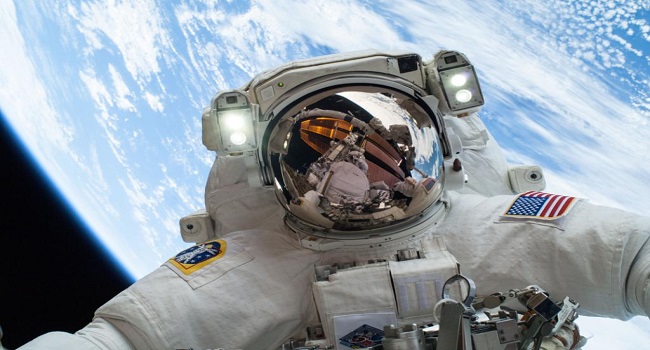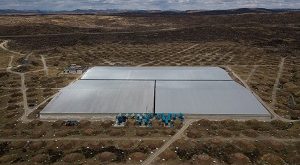A portable laser gadget can assess an astronaut’s health in space quickly.

The collection of medical samples in low Earth orbit might be for upcoming moon and Mars missions. A portable laser gadget can assess an astronaut’s health in space quickly.
Scientists predict that medical sample findings will be transmit more quickly than ever thanks to lasers in space.
Because NASA is aiming for the moon with the Artemis mission and eventually wants to send people to Mars, international space station astronauts are looking for ways to streamline medical diagnostics in order to make better operational decisions in harsh conditions.
Also read: Drone prototypes and a Mars rover test
The lasers are just one component of a larger system that, according to researchers, will improve human health even as spacecraft are in low Earth orbit. The reusable handheld electrolyte and laboratory technology for humans (rHEALTH) ONE biomedical analyzer is a device that resembles a “Star Trek” tricorder.
According to Eugene Chan, the device’s creator, in a NASA release, “Astronauts may use rHEALTH to complete a thorough self-diagnosis without technical expertise.”
In the article, they only needed a drop of blood, saliva, or urine to put into the reader and, within minutes, they got the results of a range of vital health markers. The statement made on September 7.
The technology is in its early stages, hence its effectiveness is unknown. However, during Expedition 67, now underway on the International Space Station, astronaut Samantha Cristoforetti of the European Space Agency tested the gadget over the course of two days. The study team will review the results to determine the next step.
Also related for you: China plans additional lunar missions
The instruments are made to keep track of a number of major medical issues that could afflict astronauts while they are on a mission, including radiation exposure, kidney stones, and blood clots (which have occurred on the ISS before). Additionally, the technology is extremely portable, which makes a significant difference when attempting to minimize the bulk being sent to a distant planet.
Two steps are need to collect the samples: attaching a sensor to the chest that can communicate in real time with medical professionals on Earth. A drop of blood or saliva applied to a nanostrip will suffice as a sample for the gadget to evaluate.
Microfluidic technology “performs dilution, mixing, and entire sample prep” once inside the rHEALTH reader, according to NASA. For particles the size of cells, the sample is then scan and analyse by two lasers, which collect over 100 million raw data points.
According to NASA, the two-step technology is currently unique in space and may make it easier for astronauts and the medical professionals who care for them to access medical data. Additionally, it would make discussions about medical care possible more quickly.
According to NASA, the rHEALTH device “pushes water with air pressure to move a sample through the device.” Engineers had to create a simple-to-squeeze container and an assembly with soft medical balloons that resembles a pair of lungs. If earlier flights go as planned, the Artemis missions want to land astronauts on the moon in 2025 or 2026.
Source: Space



One comment
Pingback: Artemis I rocket launch is scheduled by NASA - Kissasian